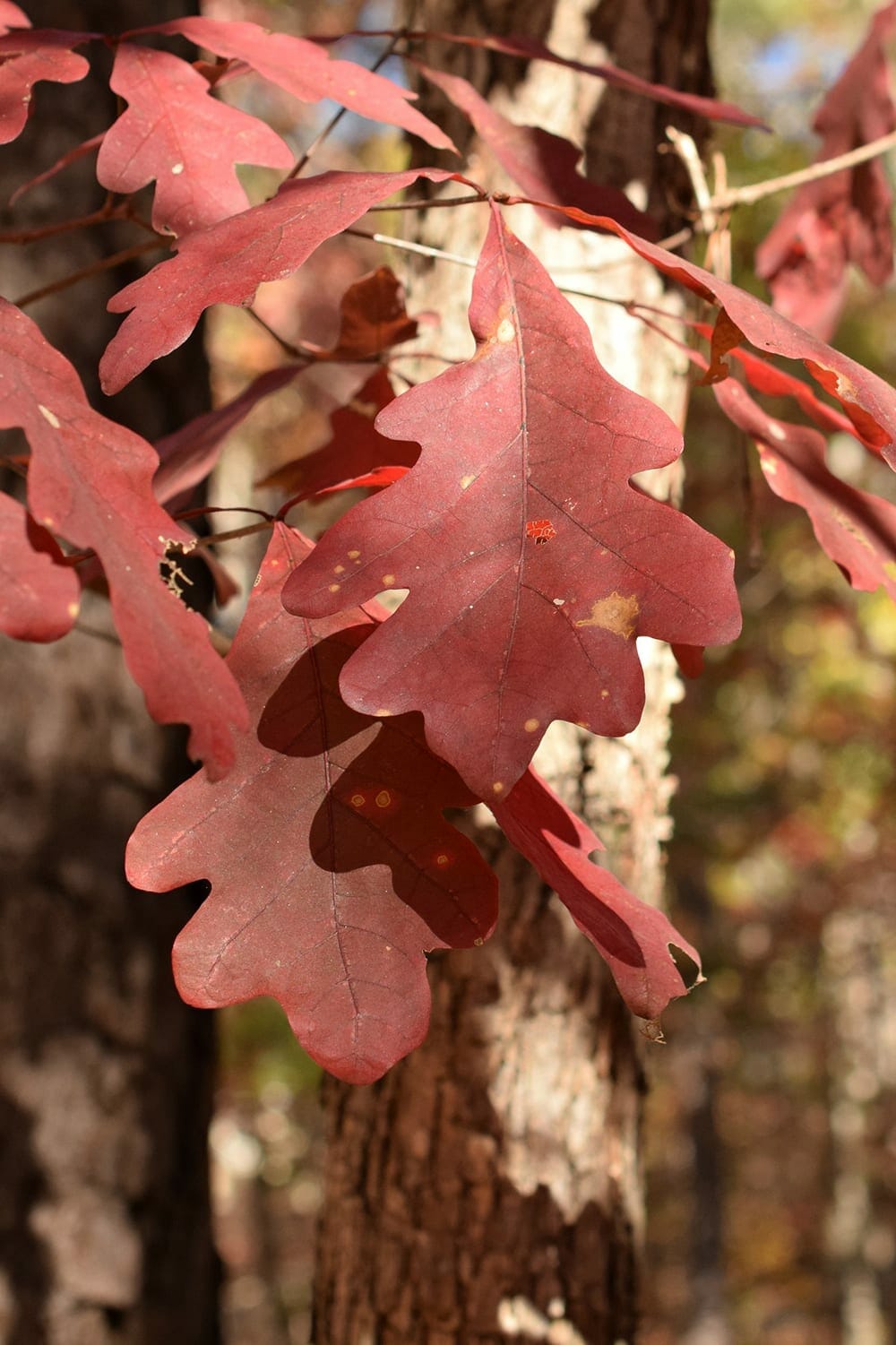Native oaks are one of our most abundantly supportive plants for wildlife. Those who are new to understanding the relationship of native plants to wildlife might at first consider only the fall crop of acorns as the benefit they offer. Oaks in the white oak group — which include such well-known species as white oak (Quercus alba) and live oak (Quercus virginiana) — drop abundant acorns each year, while those in the red oak group take two years for acorns to mature. And while the acorns are important food sources for our wildlife, oaks contribute significantly to supporting a vast array of insects as well.
A new book coming out in March (and now available for pre-order if you need gift ideas) by Doug Tallamy will highlight the benefit of this keystone plant for landscapes that aim to sustain our wildlife. According to the publisher’s description: “Oaks sustain a complex and fascinating web of wildlife. The Nature of Oaks reveals what is going on in oak trees month by month, highlighting the seasonal cycles of life, death, and renewal. From woodpeckers who collect and store hundreds of acorns for sustenance to the beauty of jewel caterpillars, Tallamy illuminates and celebrates the wonders that occur right in our own backyards. He also shares practical advice about how to plant and care for an oak, along with information about the best oak species for your area.”
I’ll spotlight some of our most significant oaks over the next few months. I hope these profiles will help you learn more about some species that you might incorporate into your landscape or areas that you might be helping to restore or maintain. Before I go further, let me share a free and excellent resource for identifying the many native species in Georgia: The Field Guide to Native Oak Species of Eastern North America can be viewed or downloaded as a PDF from this site. While it is no longer in print by the original publishers, others have reprinted it and you can order it from a variety of online sources if you like.
For this first spotlight, white oak (Quercus alba) is a wonderful choice as well as native throughout the state. Chosen by our members as the 2009 Plant of the Year, this large canopy tree supports wildlife in a number of ways — as all oaks do — from the abundant acorns favored by turkeys, deer, and a number of mammals to the handsome foliage that is host to over 550 species of caterpillars. I personally love the deep burgundy color of the fall leaves and its distinctive flaky bark. If you live in the metro Atlanta area, Big Trees Forest Preserve in Sandy Springs is a great place to see some exceptionally large (and flaky) white oaks. It makes for a great winter visit because the oaks are noticeable and magnificent even without their leaves.


